Fuel Their Potential
With Milk
Milk is excellent as a mid-morning drink. It provides a nutritional boost and keeps children hydrated between breakfast and lunch, helping them to concentrate and learn.
Below are five ways that milk fuels children’s potential.

Let Milk Fuel Their
School milk can be a great energy boost at mid-morning break, refuelling the body until lunch. Milk and water are the only two drinks recommended by dentists between meals.
School milk is excellent for hydration, which is essential for aiding the concentration and attention of young minds in class.
Milk provides a unique powerhouse of nutrients essential for strong healthy teeth and bones, with more than half a child’s calcium and a third of their protein requirements.
Drinking school milk fits into a healthy lifestyle. It is one of the best ways to rehydrate after an active playtime, getting children ready to learn once again.
Children who drink school milk regularly benefit from a once-in-a-lifetime opportunity to build strong healthy teeth and bones, with studies showing that those who do are physically fitter in old age.
Why We Provide
Plain Semi-Skimmed Milk
As part of our commitment to guidance issued by the Food Standards Agency and the School Food Trust we are proud to supply plain semi-skimmed milk.
Providing children plain semi-skimmed milk is a small switch that can have an extremely positive impact on their health:
The Dairy Council recommend that children who are eating and growing well drink plain semi-skimmed milk from the age of 2 years onwards.
189ml of plain semi-skimmed milk is excellent as a mid-morning drink as it provides a nutritional boost and keeps children hydrated between breakfast and lunch; helping them to concentrate, learn and play.
On a case by case basis we will provide whole milk to children in a deprived area or of poor nutrition, although requests to do so must be in writing. However, this does not apply to children attending primary education where we are unable to supply whole milk due to school food legislation.
Why Milk
IS mighty
A recent review of evidence by Northumbria University concluded that milk contains a unique package of essential nutrients that appear to offer an impressive catalogue of health benefits for 5-11 year olds.
Download these helpful posters to see how milk can help the children in your care.

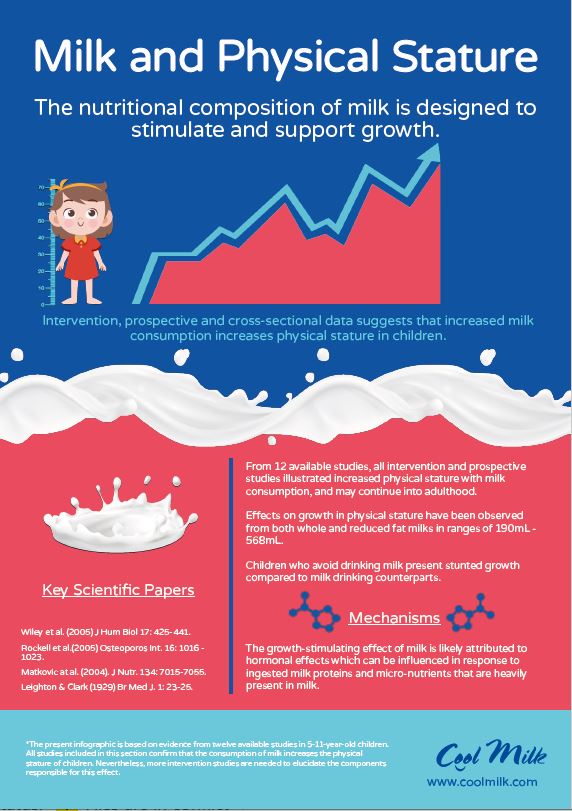
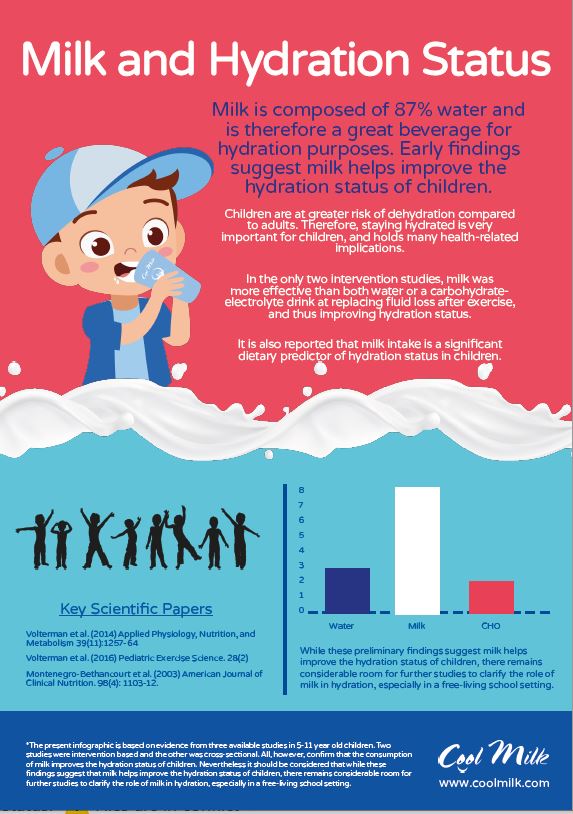
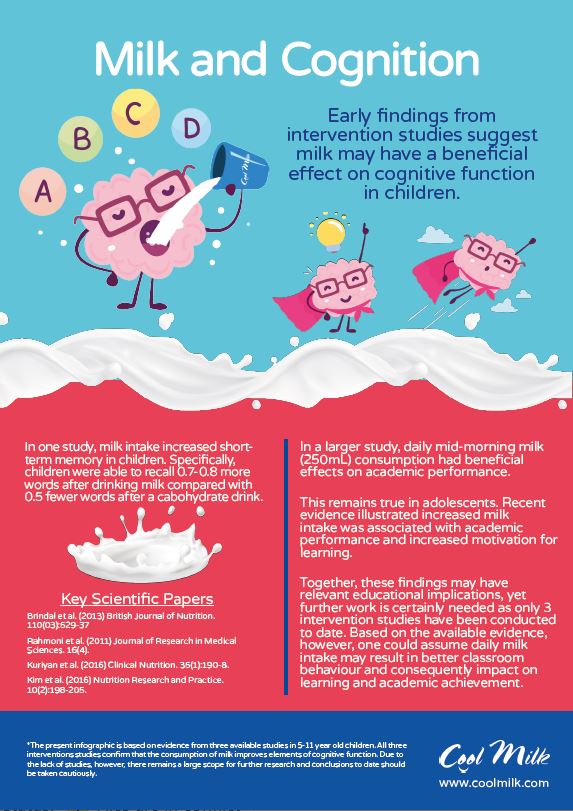
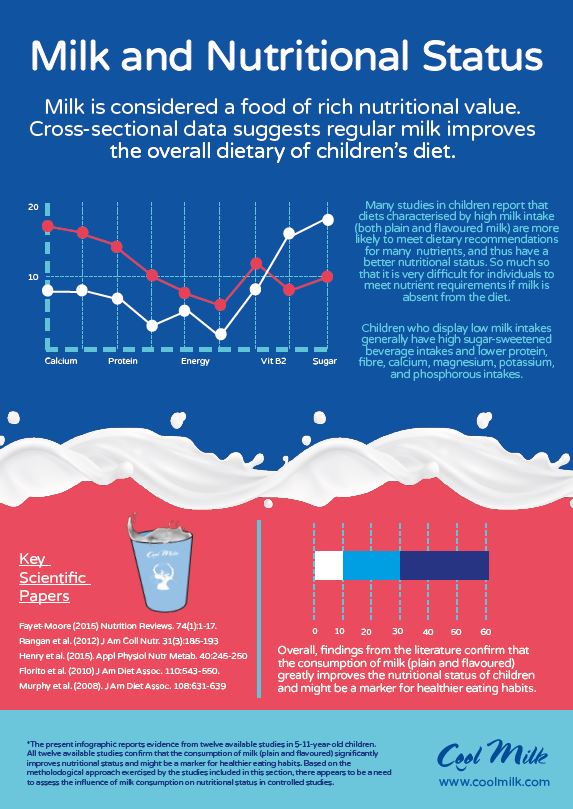
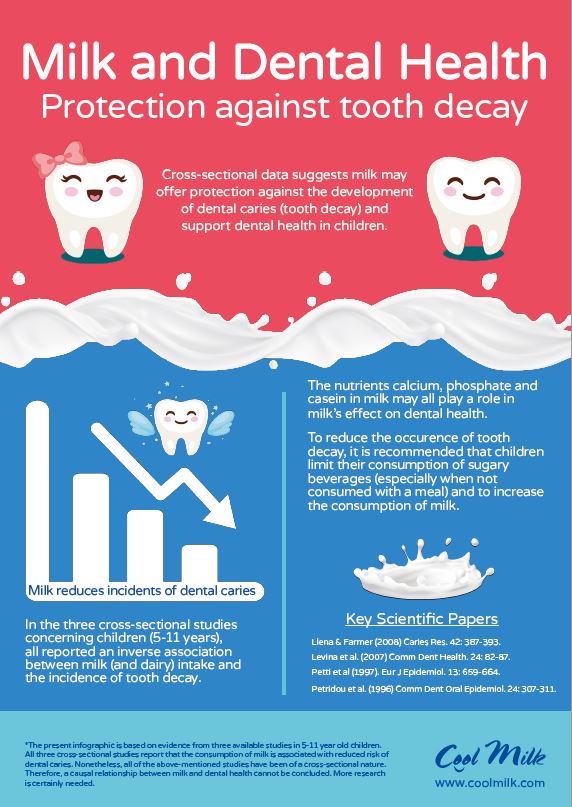
Have Some Questions?
We’ve Got Answers
Milk myths
dispelled
The information below is collated from various sources including the Dairy Council & the Food Standards Agency.
